Hiking is a fantastic way to connect with nature, get some exercise, and enjoy the great outdoors. Whether you’re a seasoned hiker or a novice, preparation is key to a successful and enjoyable hike. Forgetting even one essential item can turn an adventurous day into a challenging ordeal. Here’s a detailed guide on the top 10 things you should never forget while hiking.
1. Proper Footwear
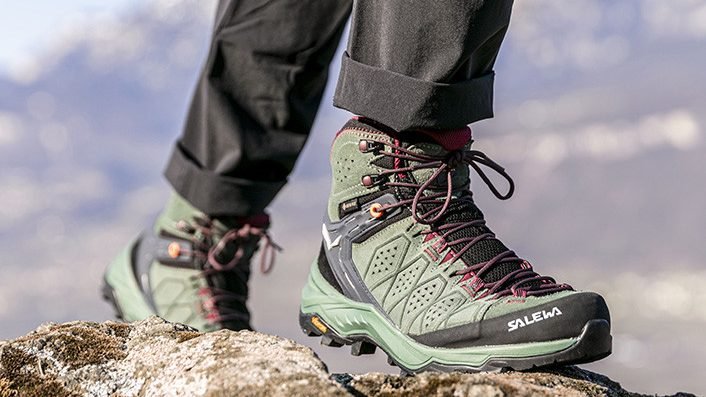
Choosing the right footwear is crucial for any hike. Your shoes should provide adequate support, traction, and comfort. Hiking boots are often preferred for their ankle support and durability, especially on rough terrain. However, for lighter trails, a sturdy pair of hiking shoes or trail runners may suffice. Break in your footwear before embarking on a long hike to avoid blisters and discomfort.
Why It’s Important:
- Prevents blisters and foot injuries
- Provides traction and stability
- Enhances overall comfort
2. Navigation Tools
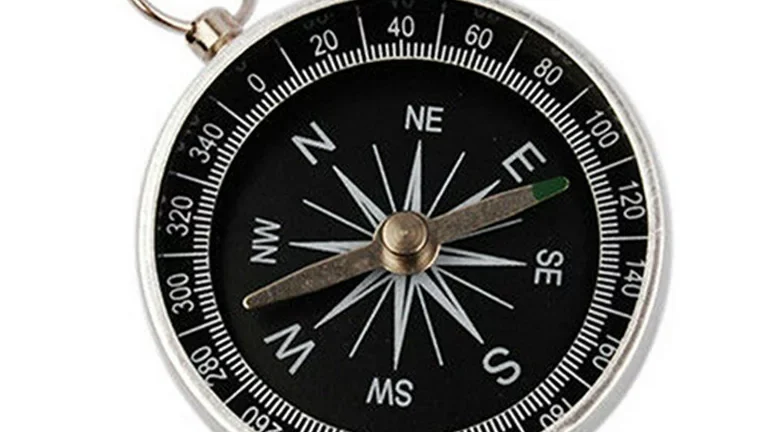
Getting lost in the wilderness is easier than you might think. Always carry a reliable map of the area and a compass, even if you’re using a GPS device or a smartphone app. These tools are essential for navigating trails and ensuring you stay on the right path, especially in areas with poor cell reception.
Why It’s Important:
- Helps you stay on track
- Essential for emergency situations
- Provides information about the terrain and landmarks
3. Water and Hydration System
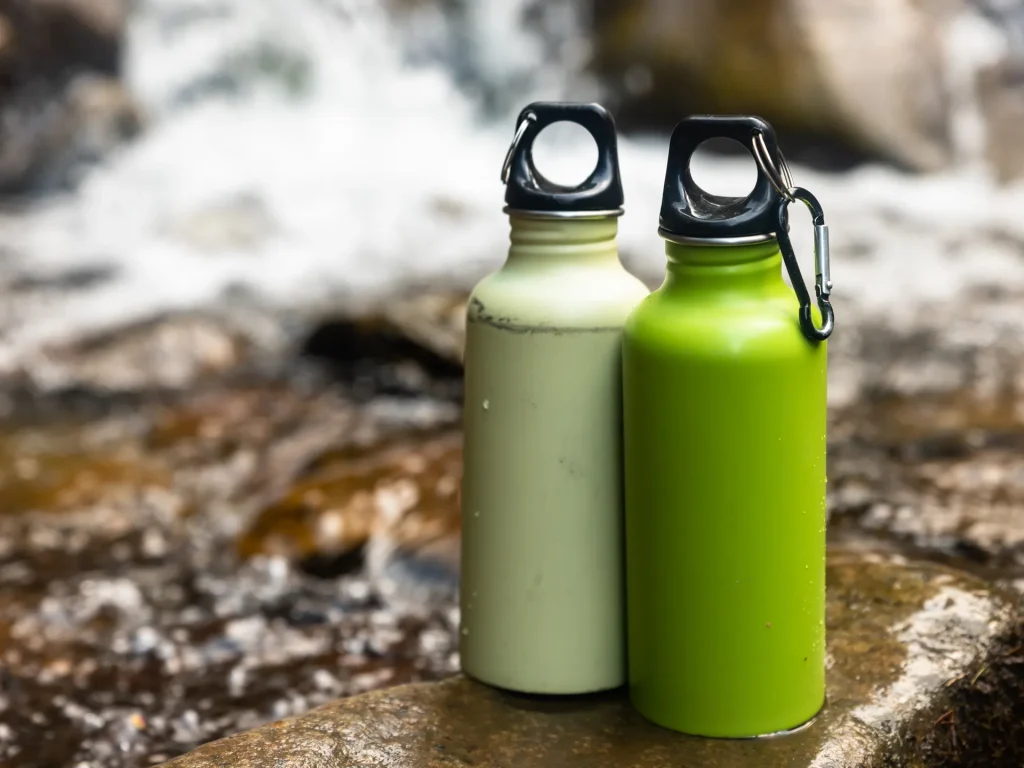
Staying hydrated is vital when hiking. Dehydration can lead to serious health issues, including heatstroke. Carry at least two liters of water for a day hike, more if you’re hiking in hot weather or planning a strenuous route. Hydration systems, such as CamelBaks, allow you to drink without stopping, which can be very convenient.
Why It’s Important:
- Prevents dehydration
- Maintains energy levels
- Supports overall health
4. Nutrition: Snacks and Meals
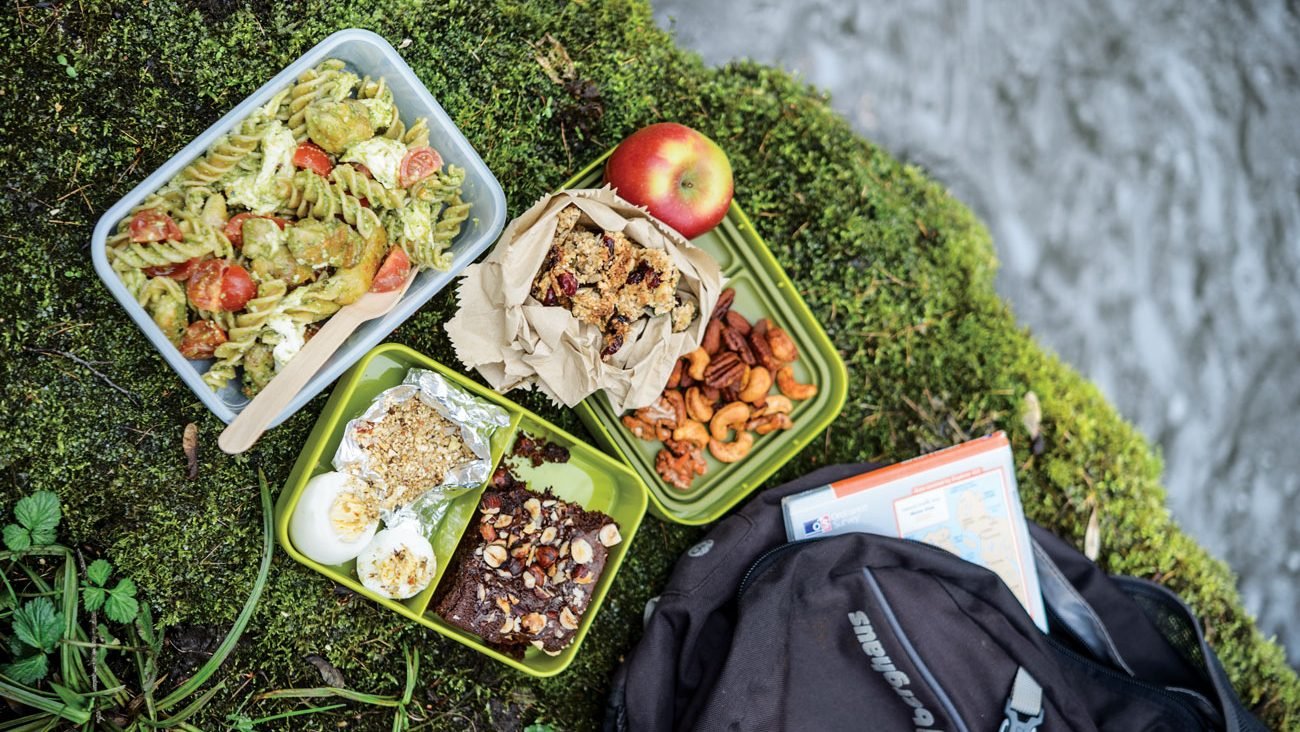
Hiking burns a lot of calories, so it’s important to bring enough food to keep your energy levels up. Pack high-energy snacks like nuts, trail mix, granola bars, and dried fruit. For longer hikes, consider lightweight, easy-to-prepare meals. Always bring more food than you think you’ll need in case of emergencies.
Why It’s Important:
- Provides energy and sustenance
- Helps maintain strength and endurance
- Prepares you for unexpected delays
5. First Aid Kit
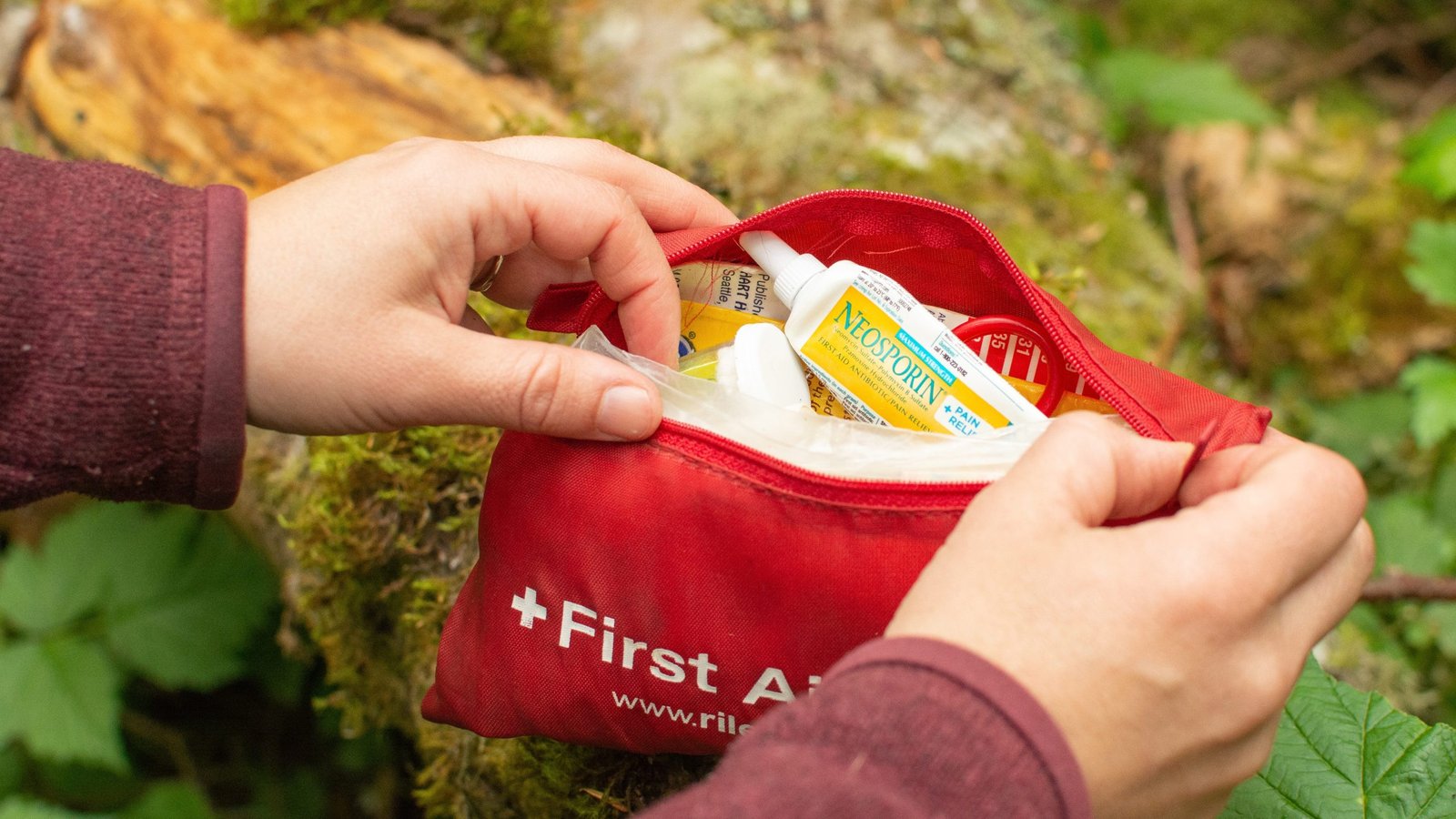
Accidents can happen, even on the easiest trails. A well-stocked first aid kit is essential for treating minor injuries like cuts, scrapes, blisters, and insect bites. Your kit should include adhesive bandages, antiseptic wipes, gauze, tweezers, medical tape, pain relievers, and any personal medications you might need.
Why It’s Important:
- Allows immediate treatment of injuries
- Can prevent minor issues from becoming serious
- Essential for peace of mind
6. Weather-Appropriate Clothing
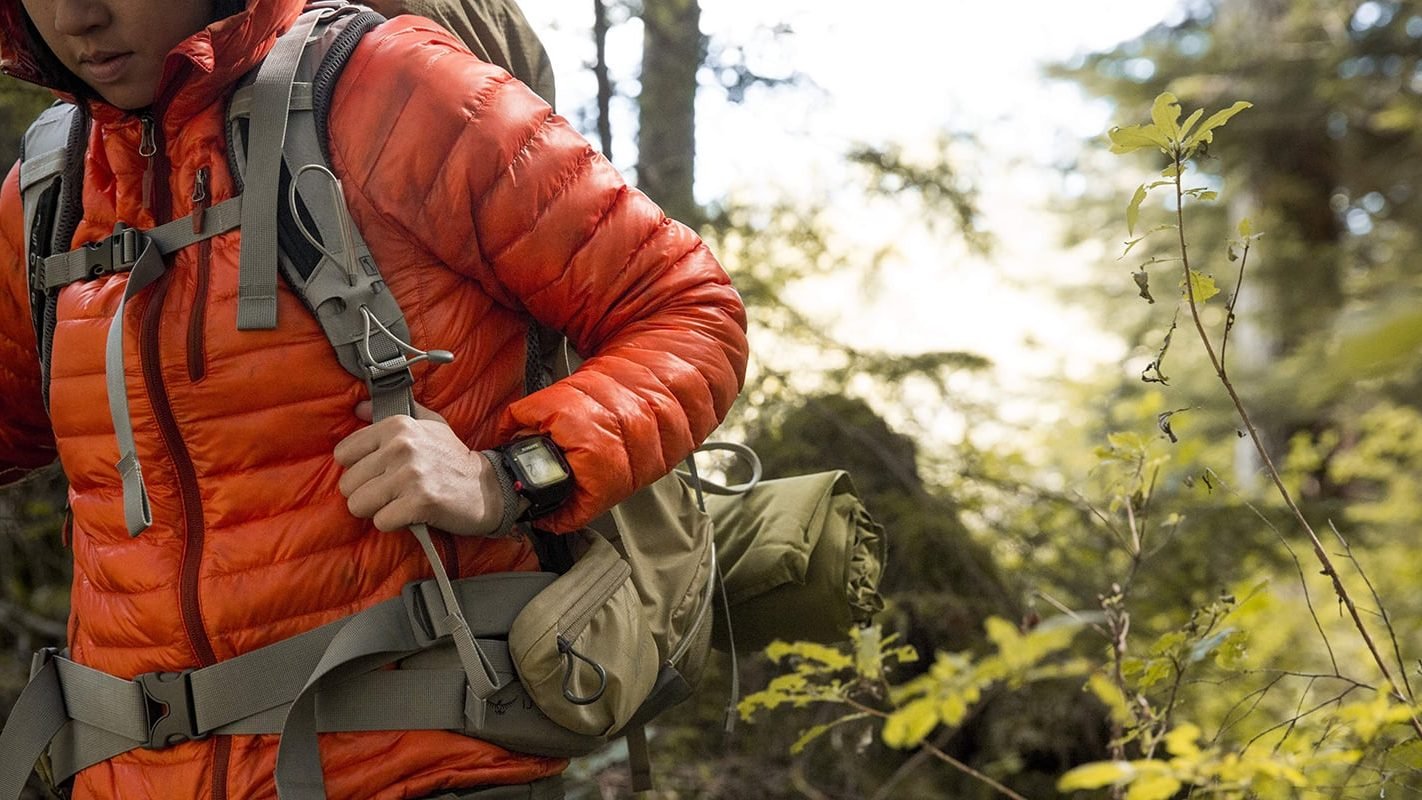
Weather can change rapidly in the wilderness. Dressing in layers is the best way to manage varying temperatures. Start with a moisture-wicking base layer, add an insulating middle layer, and top it off with a waterproof and windproof outer layer. Don’t forget a hat, gloves, and a buff or scarf for added warmth and protection.
Why It’s Important:
- Keeps you comfortable in changing conditions
- Protects against hypothermia and heatstroke
- Enhances overall hiking experience
7. Sun Protection
Exposure to the sun can lead to sunburn, heat exhaustion, and long-term skin damage. Always carry and apply sunscreen with at least SPF 30, wear a wide-brimmed hat, and use UV-blocking sunglasses. Lip balm with SPF is also essential to protect your lips from sun damage.
Why It’s Important:
- Prevents sunburn
- Reduces risk of skin cancer
- Protects against heat-related illnesses
8. Emergency Shelter
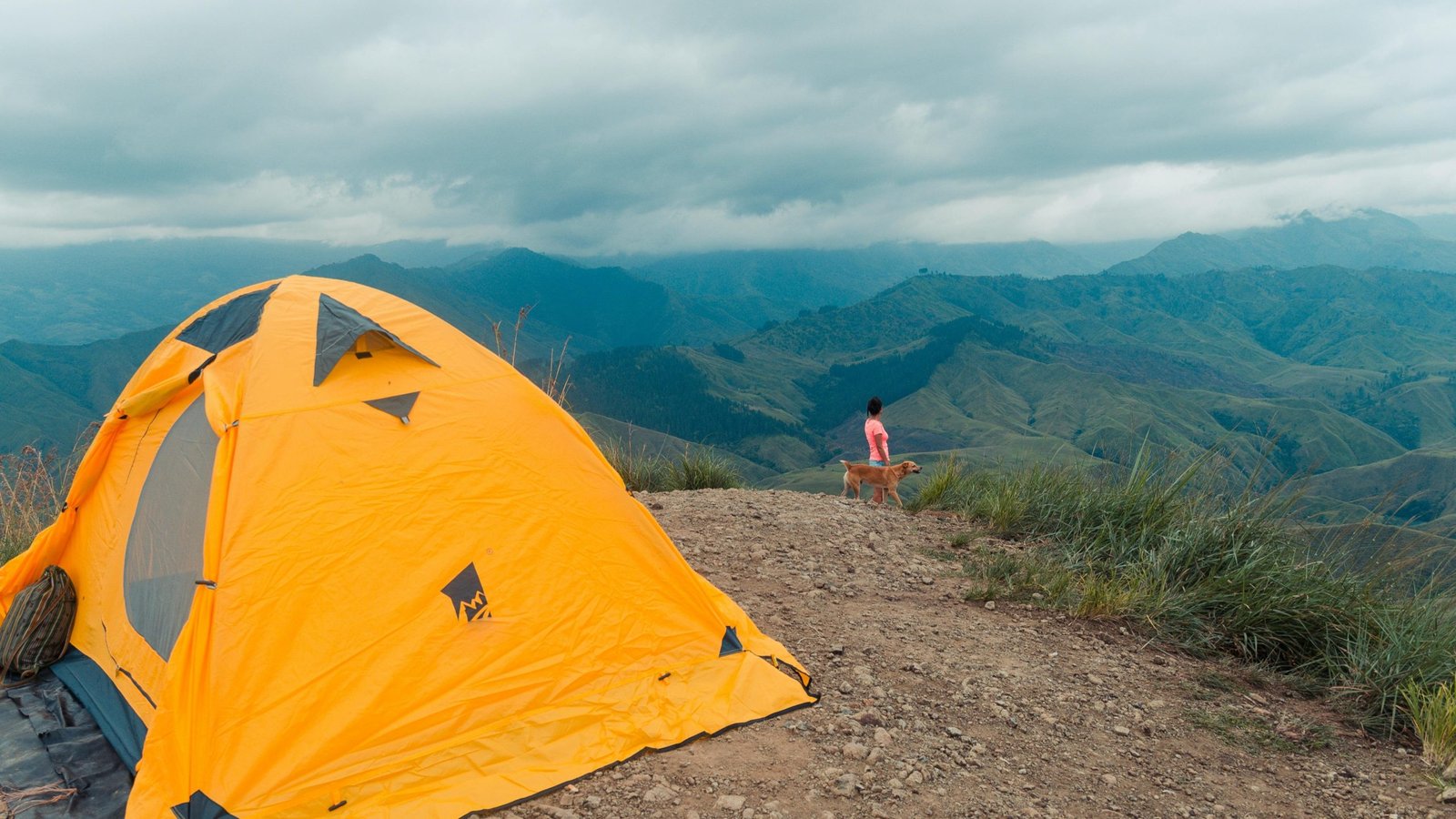
Even if you’re planning a day hike, it’s wise to bring some form of emergency shelter. A lightweight tent, bivy sack, or emergency blanket can provide crucial protection if you get stranded overnight or caught in bad weather. These items are compact and can be life-saving.
Why It’s Important:
- Provides protection from the elements
- Essential for unexpected overnight stays
- Enhances safety and preparedness
9. Multi-Tool or Knife
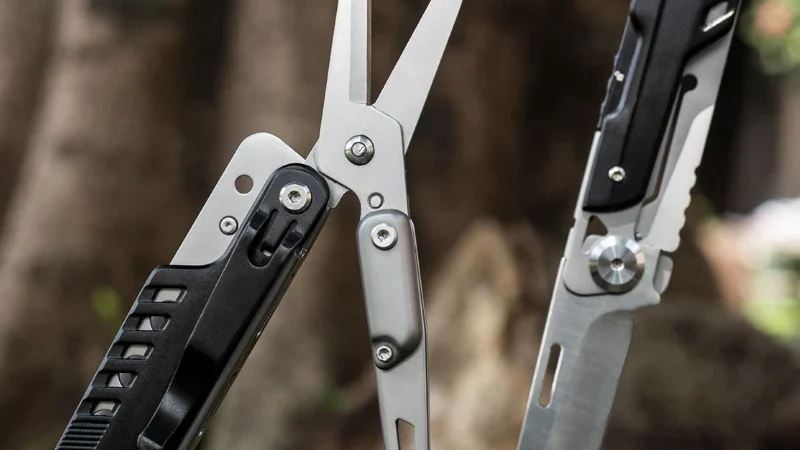
A multi-tool or knife is an incredibly versatile piece of equipment. It can be used for various tasks, such as cutting rope, preparing food, making kindling, or even assisting in first aid. Look for a multi-tool that includes pliers, scissors, and a screwdriver for maximum utility.
Why It’s Important:
- Versatile for a range of tasks
- Essential for survival situations
- Increases self-reliance
10. Fire-Starting Supplies
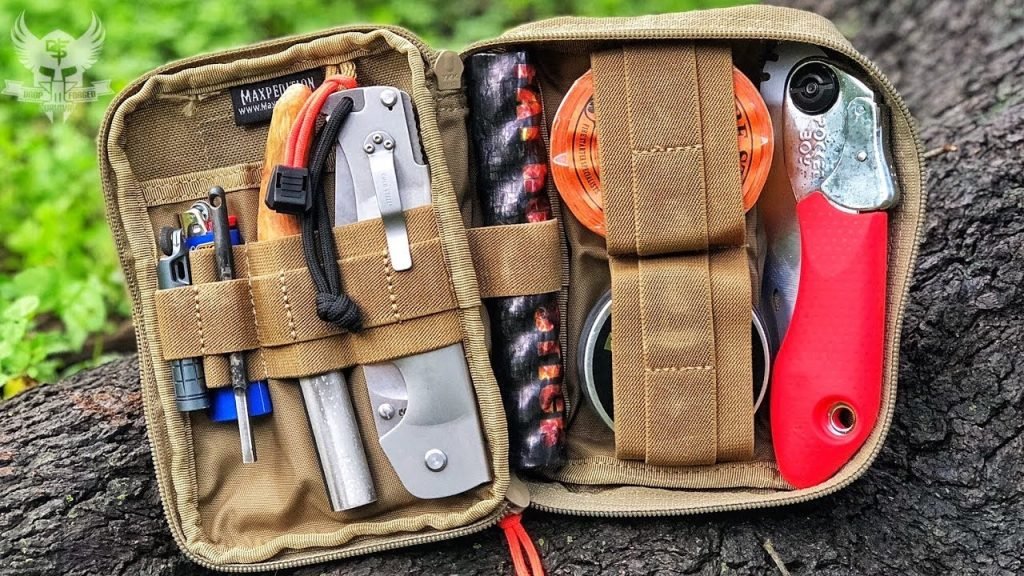
Being able to start a fire is crucial for warmth, cooking, and signaling for help. Carry waterproof matches, a lighter, and fire starters like tinder or a magnesium fire starter. Practice your fire-starting skills before your hike to ensure you can build a fire in various conditions.
Why It’s Important:
- Essential for warmth and cooking
- Can signal for help in emergencies
- Provides comfort and safety
Additional Tips for a Successful Hike
Plan Your Route and Share It
Before heading out, plan your route thoroughly and share it with someone who isn’t hiking with you. This can be a lifesaver if you encounter any problems and need assistance. Include information about your starting point, intended path, and estimated return time.
Check the Weather
Always check the weather forecast for the area you’ll be hiking in and be prepared for sudden changes. Severe weather can turn a pleasant hike into a dangerous situation. Be ready to alter your plans or turn back if necessary.
Leave No Trace
Respect nature and fellow hikers by practicing the Leave No Trace principles. Pack out all trash, stay on marked trails, and minimize your impact on the environment. This ensures the trails remain beautiful and accessible for everyone.
Know Your Limits
It’s important to recognize your own physical limits and not push beyond them. Overexertion can lead to injuries or accidents. Start with easier hikes and gradually work your way up to more challenging trails as your fitness and experience improve.
Conclusion
Hiking can be a rewarding and invigorating experience, but it requires thorough preparation to ensure safety and enjoyment. By remembering these top 10 essential items—proper footwear, navigation tools, water, nutrition, first aid kit, weather-appropriate clothing, sun protection, emergency shelter, multi-tool or knife, and fire-starting supplies—you’ll be well-equipped for any hike. Happy trails!
